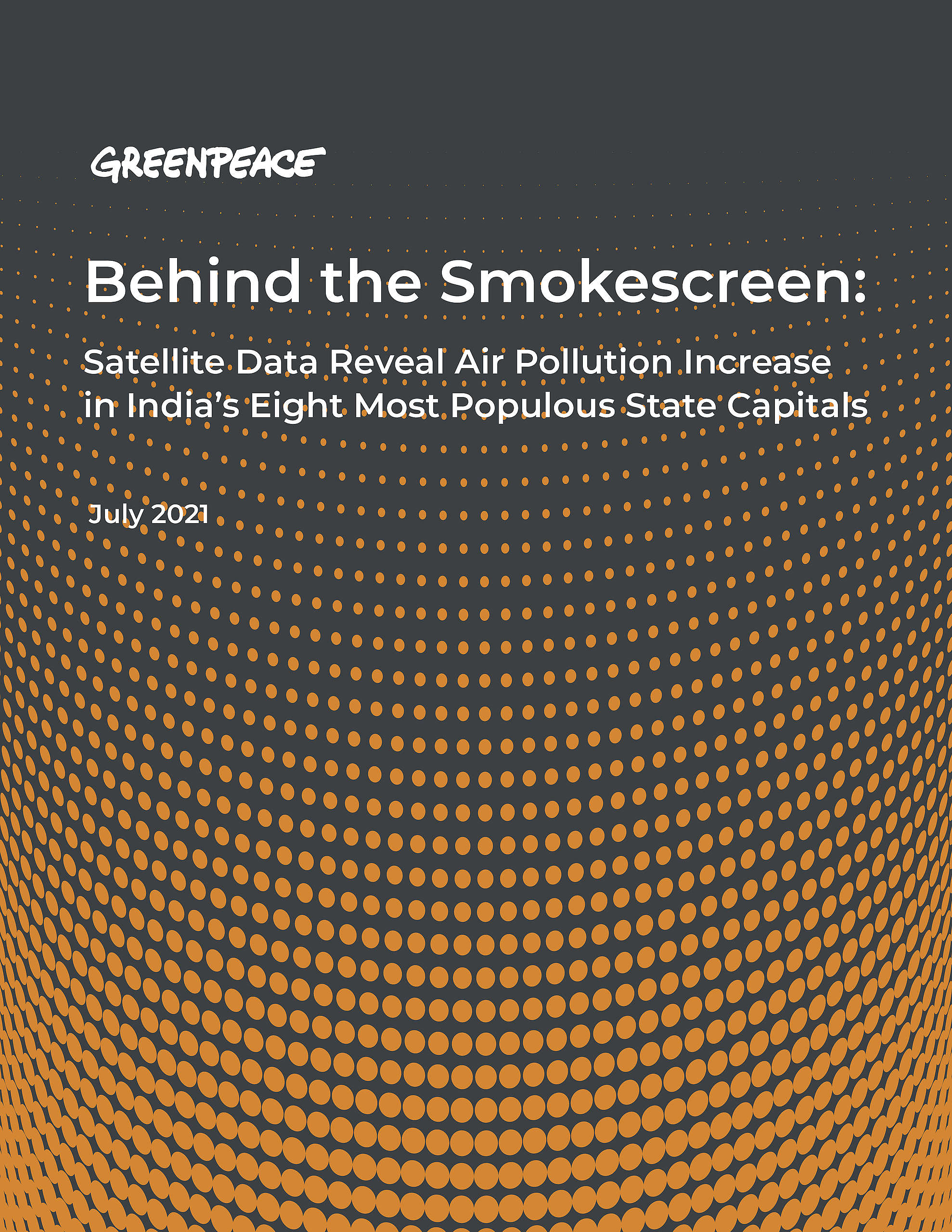New Delhi, August 19: According to a new analysis by Greenpeace, India is the largest emitter of SO2 in the world with more than 15% of all the anthropogenic sulphur dioxide (SO2) hotspots detected by NASA OMI (Ozone Monitoring Instrument) satellite. Almost all of these emissions in India are because of coal burning.
Emissions of sulphur dioxide (SO2) are a significant contributor to air pollution. The largest source of SO2 in the atmosphere is the burning of fossil fuels in power plants and other industrial facilities. Other sources of SO2 emissions include processes such as extracting metal from ore; running of locomotives, ships and other vehicles that burn fuel with a high sulfur content, along with natural sources such as volcanoes.
During December 2015, the Ministry of Environment, Forest and Climate Change had introduced for the first time SO2 emission limits for coal power plants with an initial deadline to retrofit technology to control SO2 emissions from power generation by December 2017. At the request of the Ministry of Power and power plant operators, this was later extended till December 2019 for power plants in Delhi-NCR and till 2022 for most other power plants across the country through a Supreme Court order.
The Greenpeace study finds that Singrauli, Neyveli, Talcher, Jharsuguda, Korba, Kutch, Chennai, Ramagundam, Chandrapur and Koradi are the major SO2 emission hotspots in India. The report also highlights other hotspots across the globe with the Norilsk smelter complex in Russia as the largest SO2 emission hotspot in the world, followed by Kriel in Mpumalanga province in South Africa and Zagroz in Iran.
Pujarini Sen, Senior Campaigner at Greenpeace said, “This report makes it clear that we cannot give coal power plants a free hand to continue polluting and keep leading to health emergency situation in India due to air pollution. We are facing an air pollution emergency and yet it is far from clear that power plants will meet even the extended deadlines to comply with pollution limits, both in Delhi and around the country. This problem will only get worse if we ignore it – the government must act now and prioritise public health through strict action on polluters that fail to comply with the law.”
The analysis drives home the fact that air pollution is a huge public health concern. 91% of the world’s population live in areas where outdoor air pollution exceeds guideline limits by the World Health Organization (WHO) and as a result, 4.2 million people die prematurely every year only due to ambient air pollution.
Sunil Dahiya, Campaign Specialist, at Greenpeace said, “It’s time for the polluting fuel of the past i.e., coal, to be phased out and make way for technology of the future. Air pollution and the climate emergency share the same solution. Governments across the world owe it to citizens to stop investing in fossil fuels and shift to safer, more sustainable sources of energy.”
Notes:
- Online interactive map of the world’s worst sources of SO2 pollution, which allows further exploration of emission hotspots across different regions.
- Access the report
- The database can be found here
Contact:
Rohin Kumar : 9013971997 ([email protected])
Pujarini: 8586016050 ([email protected])
Avinash Chanchal: 8882153664 ([email protected])



